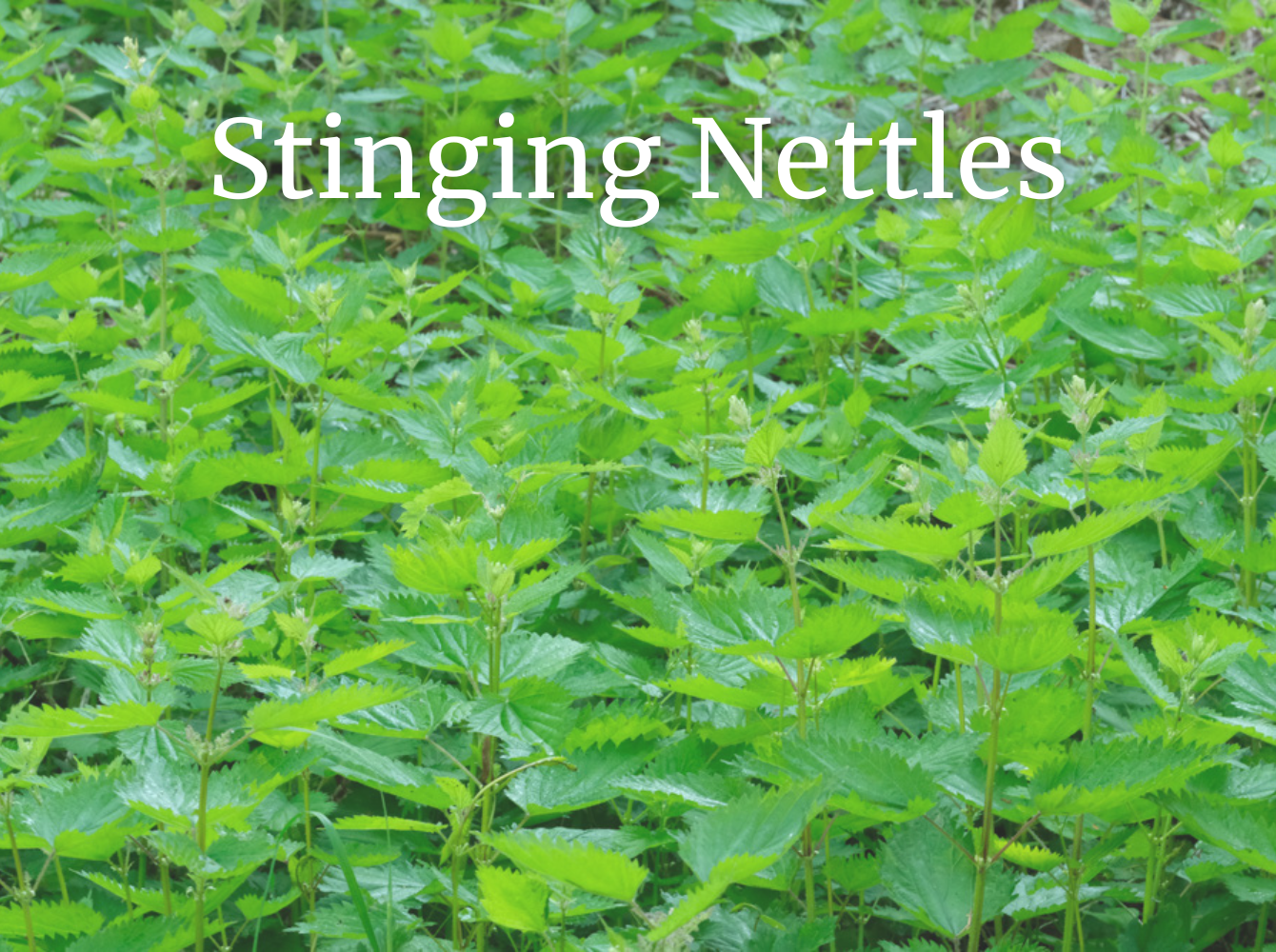Stinging Nettles are a delicious and highly nutritious plant that also happens to be covered in hundreds of tiny little hypodermic needles that secrete formic acid when touched. To put this in perspective, red ants share the same defense mechanism. Because of this tendency to cause contact dermatitis, it's nice to be able to recognize this plant by sight rather than hiking straight through a patch and learning the hard way.
So let's look at some recognizable characteristics: The leaves grow opposite one another and are heart-shaped with sawtooth edges. The stems are squarish and hairy, and under the right conditions the plant can grow up to 7 feet tall, though I've more often noticed them topping out around 3-5 feet in my area. When the young plants emerge they sometimes have a reddish tinge that turns to green as they age. They like moist rich soil, and sometimes you can find them on streambanks, in roadside ditches, or in open forest. In the dense Douglass Fir/ Cedar forests near my home I find them by seeking out openings in the dense overstory where light can get through.
Nettles make for some good eatin', but gathering them is not for the faint of heart. Wear gloves, long sleeves, and long pants - the sting only lasts for a day or so, but it's unpleasant enough to be avoided if possible. The plant should only be harvested when young, and it should be cut cleanly, leaving enough strong leaves so that it continues to live and grow. Once the nettle begins to form seeds, the plant develops particles called cystoliths that can irritate the urinary tract if consumed in excess, so harvest in early spring when the plant is small and tender.
The plant can be eaten much like cooked spinach because the heat neutralizes the prickles, but I tend to prefer it as a tea - drying also gets rid of the sting. The tea can also be used as a hair wash and is high in minerals.
Historically this plant has been used as a folk remedy for arthritis, the raw plant is rubbed on the joints to stimulate an immune response. But I'm quite curious if this actually does anything physiologically to promote healing or if it's simply a superb distraction from chronic pain because this new pain feels like your flesh is on fire.
The dried stalks make good cordage material, and Indians in the Northwest used them to make fishnets and snares for trapping.
Edible, medicinal, and utilitarian, Urtica dioica is one of my favorite plants in the area. Just don't use it as toilet paper.



